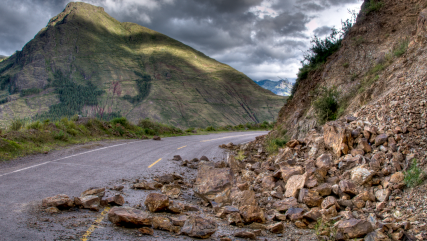News & Updates
Lorem ipsum dolor sit amet, consectetur adipiscing elit. Ut elit tellus, luctus nec ullamcorper mattis, pulvinar dapibus leo.
Thunder Mountain helps bring back Old Sac’s Gold Rush Days!

In 2014 city officials were forced to make the controversial decision to cancel Old Sacramento’s Gold Rush Days. The decision was made in light of California’s severe drought and after receiving reports that cleanup required well over 100,000 gallons of water. To bring Gold Rush Days back to Sacramento, this year city representatives in partnership with Thunder Mountain Enterprises have implemented a plan using less than 4000 gallons for dust control and cleanup of the event. The big difference though is that all the water is recycled.
Thunder Mountain Enterprises, a Sacramento based soil and water management firm, provided storm drain inlet protection BMPs, dust control, dirt removal and street cleaning for this event.
Thunder Mountain is California’s leading expert in stormwater management, fish friendly dust control, and environmental design/build construction services.


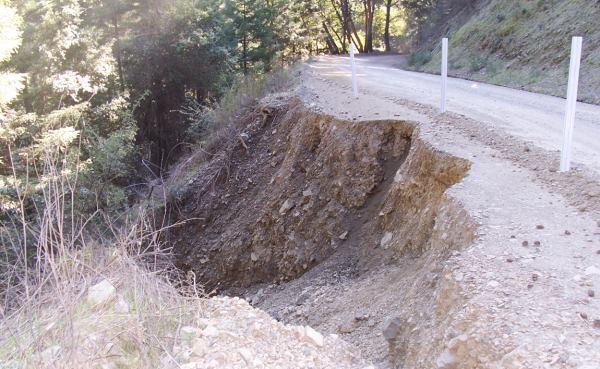 Although hydroseeding can often be an effective treatment for surficial slope instabilities, steep slopes and landslide prone terrain call for an altogether different approach.
Although hydroseeding can often be an effective treatment for surficial slope instabilities, steep slopes and landslide prone terrain call for an altogether different approach.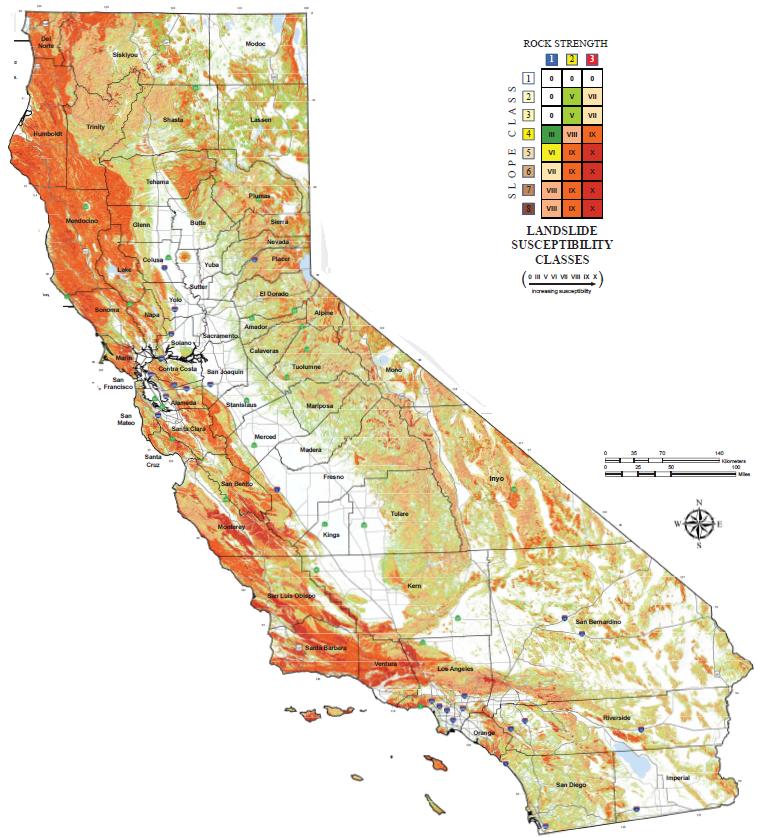

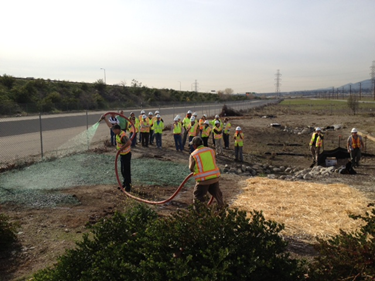 TME is partnering with URS Corp to conduct a series of statewide training courses for Caltrans. Each two-day course begins with an overview of water pollution control requirements and responsibilities, and ends with a hands-on field demonstration.
TME is partnering with URS Corp to conduct a series of statewide training courses for Caltrans. Each two-day course begins with an overview of water pollution control requirements and responsibilities, and ends with a hands-on field demonstration.

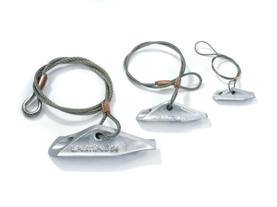 After an earth anchor is driven to depth, tension is applied to “lock” it in place. The locking process turns the anchor 90 degrees into a horizontal orientation, and creates a frustum of compacted soil above it. This frustum is proportionally much larger than the anchor, giving the anchor its full load bearing capacity.
After an earth anchor is driven to depth, tension is applied to “lock” it in place. The locking process turns the anchor 90 degrees into a horizontal orientation, and creates a frustum of compacted soil above it. This frustum is proportionally much larger than the anchor, giving the anchor its full load bearing capacity.